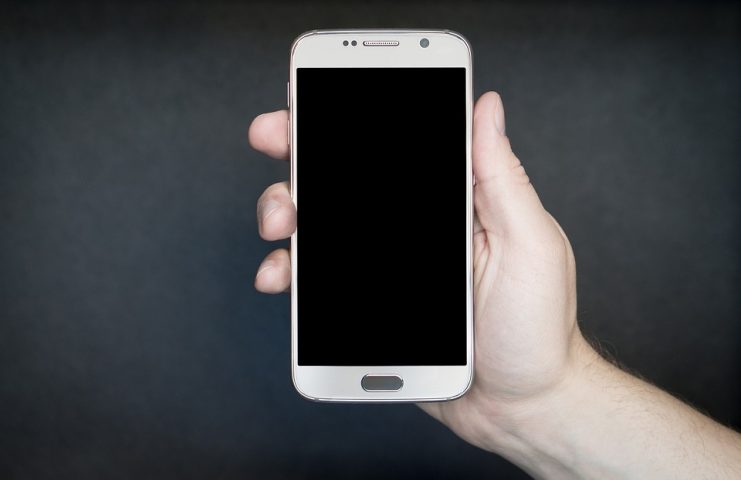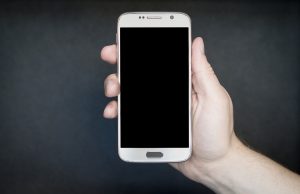

But for some new and exciting reasons, that trend may just be a good thing. Mobile phone applications, or “apps” as they are now so ubiquitously known, are helping to solve real human problems and, increasingly, serious public health challenges. And the latest development might just help us better understand addiction.
In a watermark sign of our changing times, the National Institutes of Health (NIH) has recently retired its famous research chimpanzees and, through its National Institute of Drug Abuse, has sponsored a challenge that will award up to $100,000 to teams who can most effectively use a new Apple medical research framework to build apps that better connect researchers to subjects to enhance substance abuse research. NIDA says the challenge, called “Addiction Research: There’s an App for That?,” seeks to significantly expand “the scope of studies and the types and number of participants” which previously have been limited. The competition hopes to conclude with a winning, working application by April 2016.
The business community, from retailers to restaurants, has long embraced the app as a way to both generate sales and boost their brand profiles. They recognized early that customers not only demand convenient consumption these days, but also to love to share their experiences and endorsements on-the-go via platforms like Twitter, Instagram, and Foursquare.
While not the earliest adopters of mobile technology, health agencies and providers have only more recently gotten on the bandwagon. But they’ve fallen hard and fast, recognizing the benefits of a huge user community who can be engaged nearly 24/7 and who have proved themselves not only open to, but sometimes obsessed with, tech-savvy modes of learning to live healthier.
That reach and user curiosity has prompted robust investment from groups like the CDC in apps that are helping people educate themselves on risks, track nutritional intake and exercise patterns, and even manage medical appointments.
But as anyone who knows their way around a smartphone well recognizes, apps are not all about receiving information. They’re equally as powerful in sharing it. Hence, the latest trend in mobile health tech – collecting and compiling cell users’ information to aid in disease tracking, research, and diagnosis. Called “mHealth,” the new movement has been growing exponentially since around 2011 and is changing the way health problems are recognized, prevented, and treated.
An interesting extension of the mHealth phenomenon, NIDA’s challenge is the first large-scale mobile research undertaking to focus on addiction specifically. It will also purportedly be the first to utilize Apple’s ResearchKit platform. First introduced in March of 2015, ResearchKit is designed to enable clinical studies of unprecedented size, based on the nearly boundless number of mobile phone users globally.
Through the Apple platform, NIDA hopes that scientists will be able to seamlessly collect, compile, and import information on a broad range of subjects so that more comprehensive and nuanced information on addicts and those who perceive they may have substance use issues make their way into studies that expand the field of addiction science.
The vast number of iPhone users means that a study using ResearchKit can be infinitely more robust and quickly fielded than studies that recruit volunteers on college campuses or through advertisements. And since the iPhone and Apple Watch can collect data through their variety of sensors, including GPS location and heart rate, researchers can instantaneously supplement survey responses with hard biometric data from the field.
In its Federal Register notice about the new research competition NIDA asks, “Would tracking lifestyle choices, behaviors, nutrition, stress, social participation, work, school, home, neighborhood, genetics, exposure to technology, etc. help to understand why some people manage to stay away from drug abuse and addiction?” It sure would help. Well done, NIDA. We look forward to seeing the fruits of this experiment.